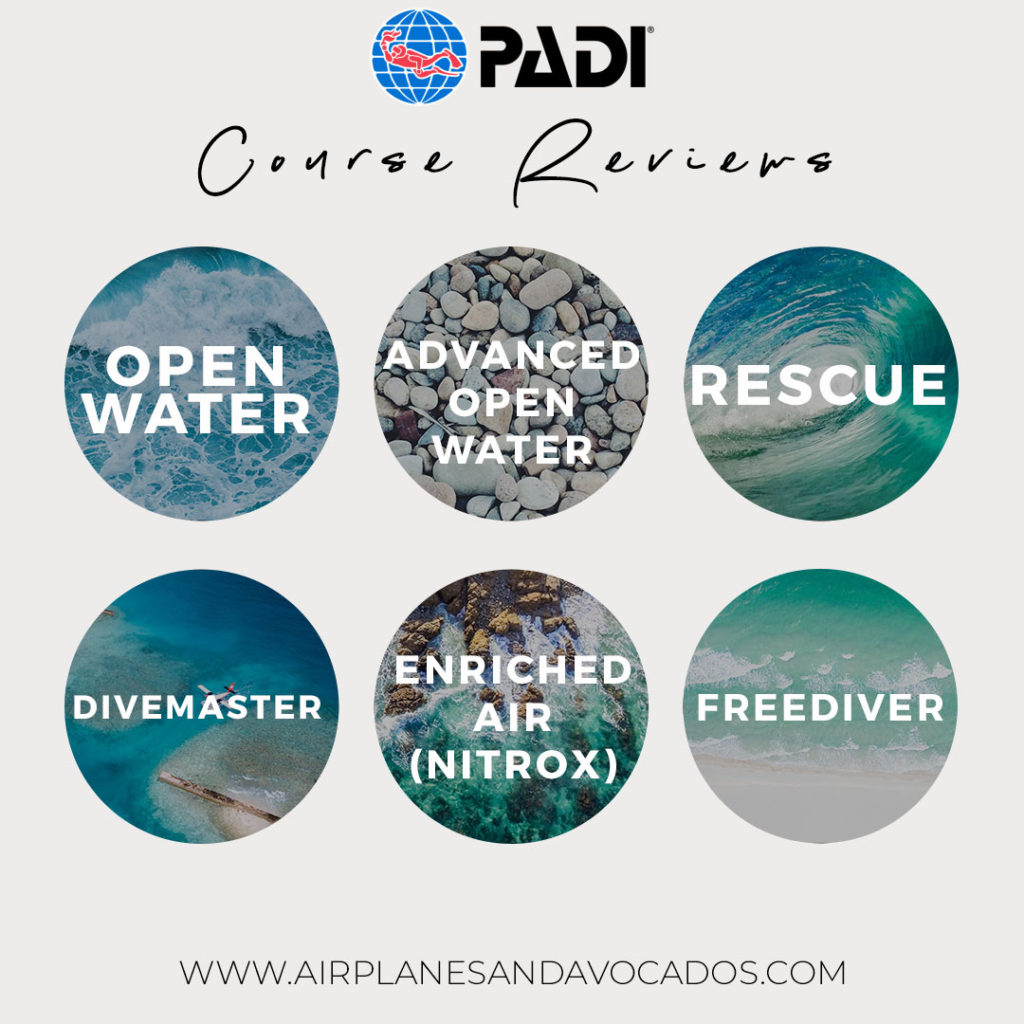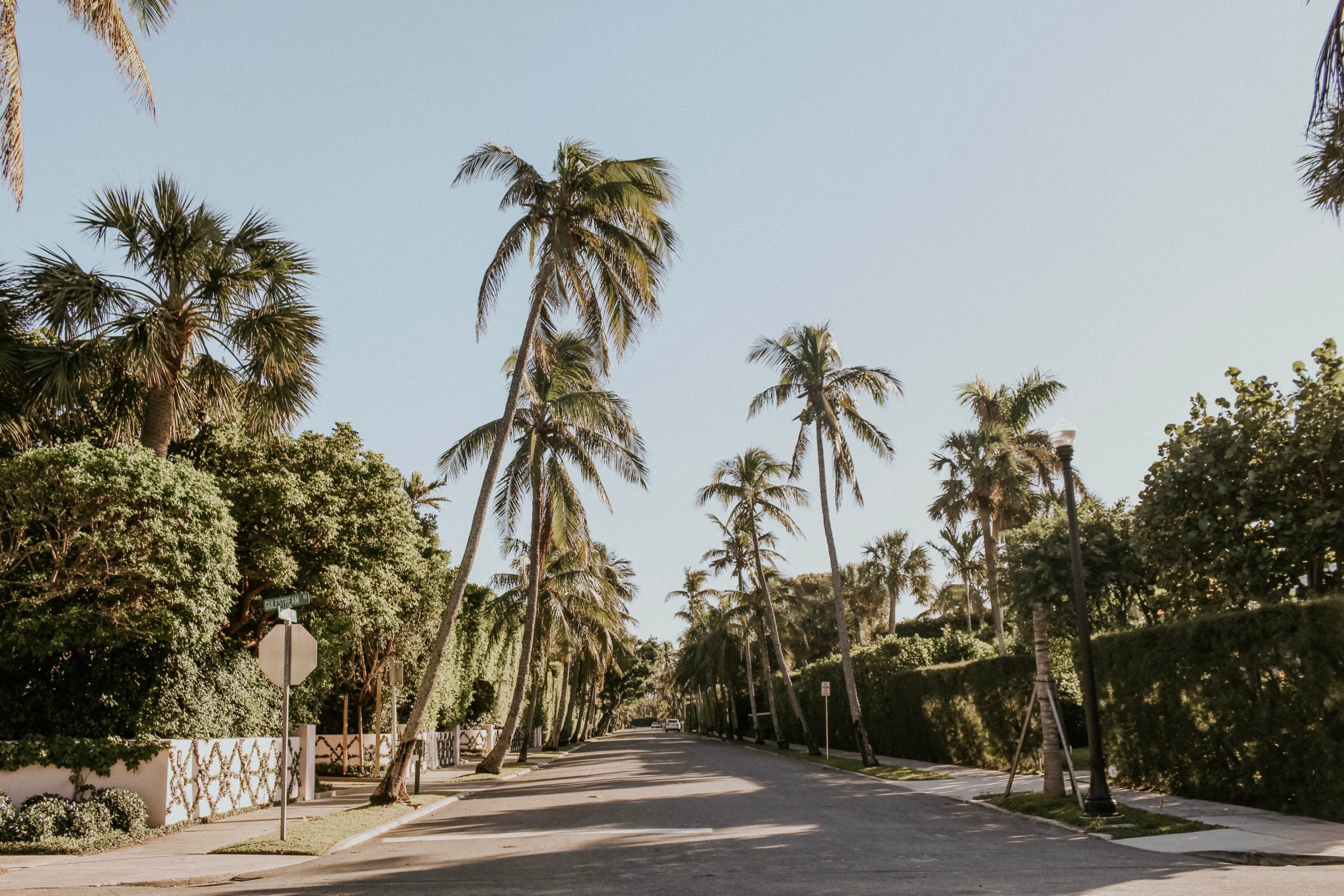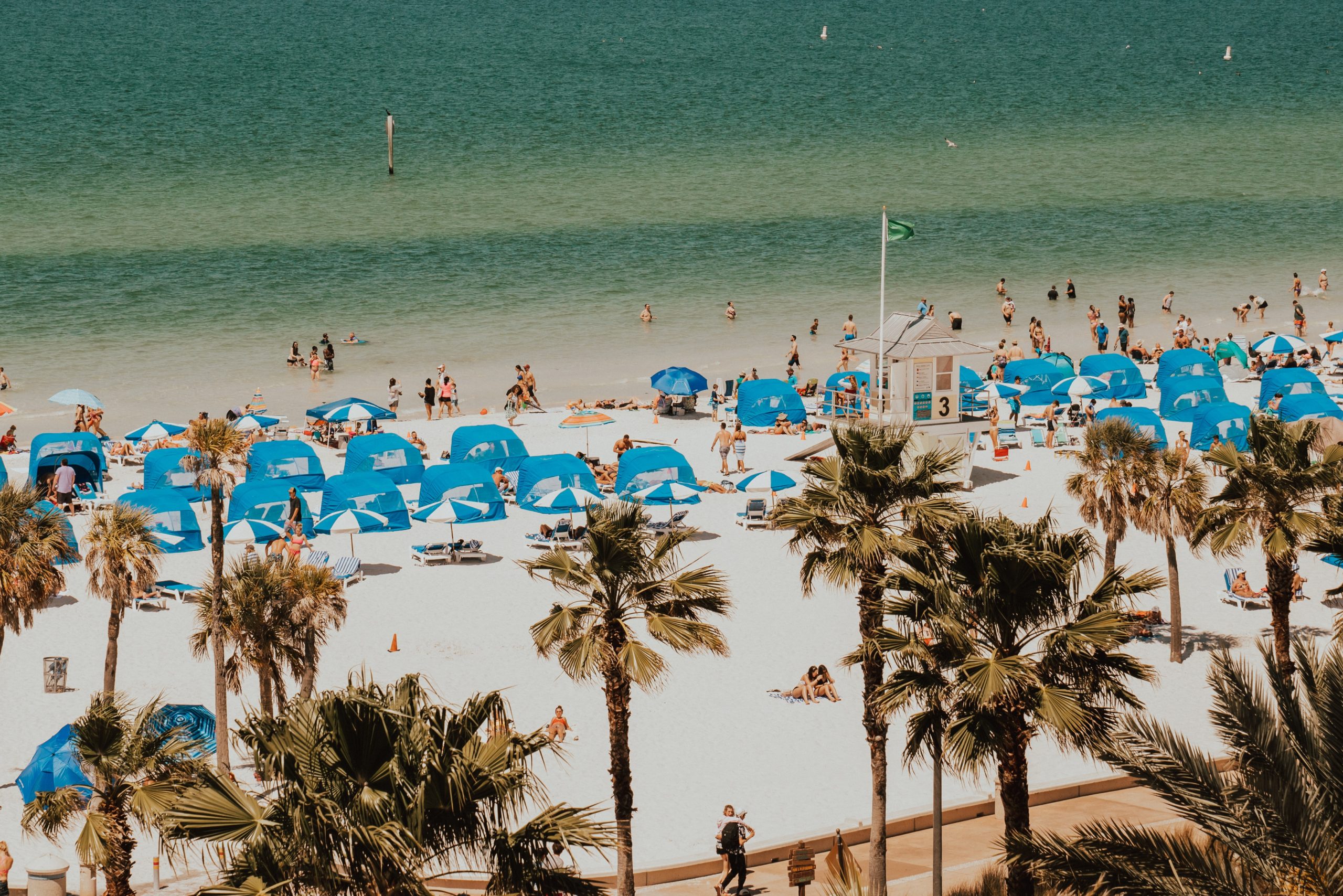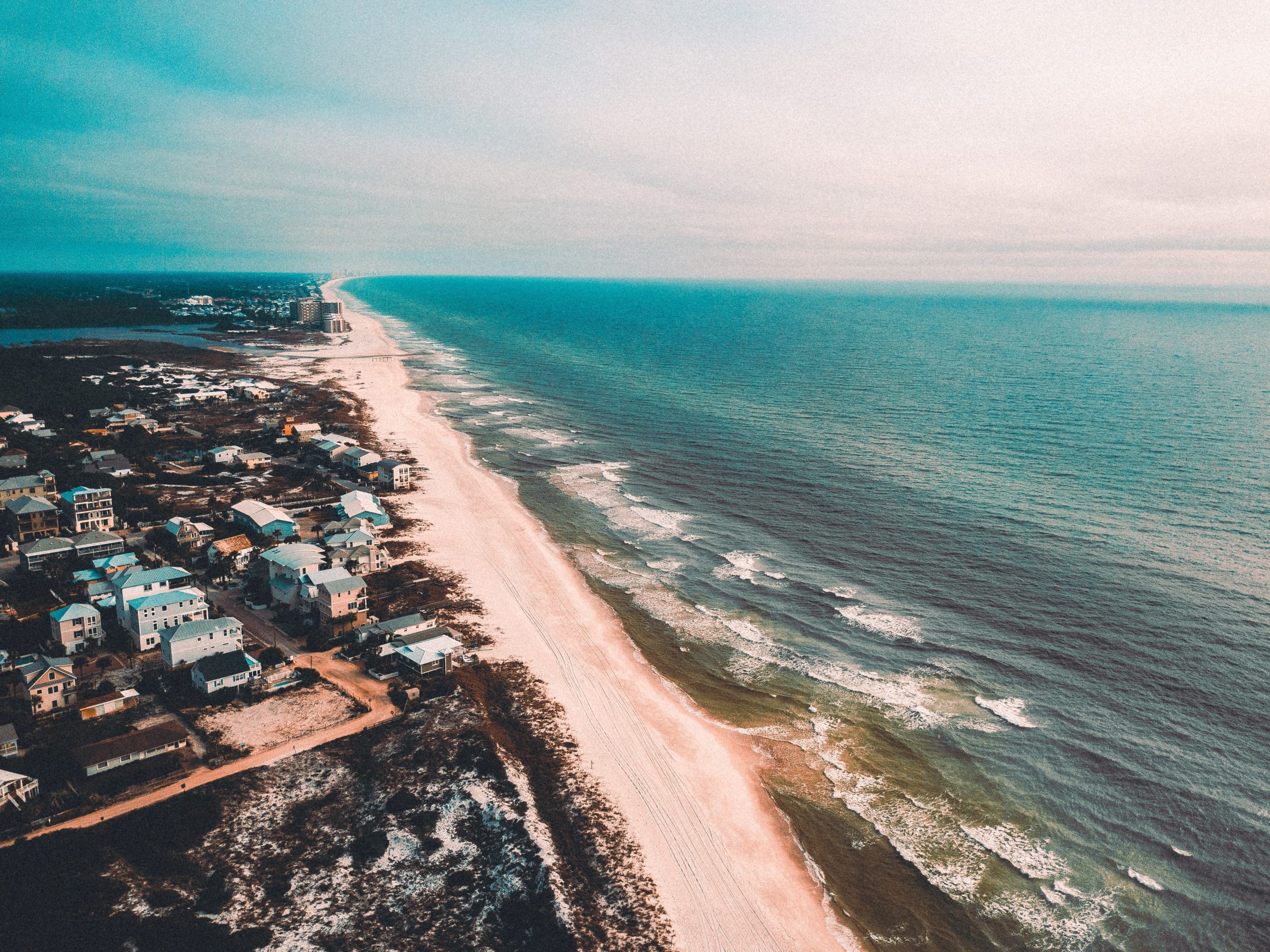

I am very excited about today’s post because it is the second half of my “Becoming a PADI Divemaster” series. If you haven’t read part one, check it out HERE. That post covers everything that you need to know when deciding if you’re going to take the PADI Divemaster course; things like how to pick a dive shop, what the costs and pre-requisites are, etc. Today’s post will go more into depth about the daily schedule of a Divemaster class, what you’ll learn, and what I go out of it once the course was done.
Check out part one of “Becoming a PADI Divemaster” HERE.

Knowledge Component
From the moment I signed up for my Divemaster course in July, to the moment it actually started in September, I was STRESSED about the dive theory component. I’ve never been particularly strong in things like physics or math, so I knew that I had to hit the books early; I started studying a full month before my Divemaster course began. This is one of my biggest tips for getting through the knowledge component of the Divemaster course: start studying early!
The first seven chapters of the Divemaster manual aren’t actually that bad; the material was really interesting and relatively easy to understand. They cover topics such as “The Role of a PADI Divemaster”, “The Business of Diving”, and “Risk Management”. The final two chapters is where things get tough, these cover the physics and physical effects of diving on the body. While you are going to go through these topics again in the classroom, I really advise spending some time on them beforehand, especially if you find yourself struggling with some of the concepts.
Another major section of the knowledge component is using an RDP table and eRDPML to plan dives. While the practice of using these to plan actual dives has ceased to exist with the introduction of modern dive computers, it’s still an important knowledge base to have. Believe me, I get it – tables suck and the eRDPML sucks even more, but you will spend a decent amount of time in your Divemaster course using these tools, so it’s good to be familiar with them before you begin. (Even if you never have to use them again after your Divemaster course.)
There are also a few homework assignments that you’ll be expected to complete throughout the course like preparing an Emergency Assistance Plan and mapping a dive site.
For me personally, I didn’t mind the knowledge component of the course. The classroom sessions especially helped me to wrap my mind around the physics and dive theory content, and while I’m not a fan of spending hours in a classroom when I could be diving, the knowledge component of the course was really rewarding and just helped me understand the entire scuba diving world that much better.

Confined Water Component
The confined water portion of the Divemaster course focuses on Waterskills Exercises to make sure you’re a competent enough swimmer to be a Divemaster, and the 24 basic skills taught in the Open Water Diver course to make sure you’re able to adequately assist instructors. All of the skills in the confined water component are ranked from 1-5, with a 3 basically meaning you did the skill and a 5 meaning you performed the skill at demonstration quality.
I’ll start off by saying that this was my least favorite part of the course – yep I disliked it even more than the classroom sessions. The Waterskills Exercises like the 400-meter swim, 800-meter snorkel swim, 100-meter tired diver tow, and 15-minute tread weren’t actually that bad. Exhausting, yes, but not the worst part of the confined water portion.
What I enjoyed least about the confined water portion of the Divemaster course was the skills workshop. Throughout my course we spent hours in the pool demonstrating the 24 skills from the Open Water Dive course; these included things like mask removal and replacement, regulator recovery and clearing, air depletion exercises, five-point ascents, etc. The purpose of the skills circuit is to ensure that you can efficiently demonstrate a skill to a new student while assisting an instructor in a teaching scenario. We learned the importance of emphasizing the key movements of each skill and taking our time to break down the skill to ensure students could see exactly what we were doing and why we were doing it.
While I enjoyed the skills workshop in itself and found it to be valuable for future teaching situations, what I disliked about it was the amount of time we spent on it. I mentioned in my previous Divemaster post that I completed this course in only ten days, which was way too fast to master many of open water skills I’ll talk about in just a moment. But for a ten-day course, I felt like we spent a lot of time on the skills circuit just repeating demonstrations over and over again, when that time could have been better spent on what I think are more critical Divemaster skills, such as navigation, search and recovery, and mapping.
As part of the confined water component, we also had the opportunity to assist an instructor with a Discover Scuba Diving class – one of the only courses that Divemasters are able to teach on their own. I found this to be the absolute most rewarding part of not only the confined water component but the entire course. Having the opportunity to work with actual students and solve problems on the fly made me much more confident in my abilities to act in a leadership role within the professional dive community.

Open Water Component
Finally, the fun stuff. This was the component of my Divemaster training that I wish was longer. Not because I wanted to get out on the ocean and dive more (I mean, yeah of course), but I really wish we had the opportunity to perform the navigation and search and recovery dives more. Navigation is one of my weaker skills and after only have the opportunity to work on it on a few dives, I’m still not entirely confident in it.
The open water component of Divemaster training really gives you an idea of what it’s like to work as a Divemaster. From the moment you arrive on the docks, to the moment you leave, you’re treated as a real, working Divemaster. Which means we learned a lot of non-dive related skills as well, such as how to interact with customers, how to help them assemble gear and get off the boat, how to tie up to a mooring ball, and best of all how to fill tanks. These are all things that are expected of working Divemasters, so it was really nice to get that customer-service experience and understand the behind the scenes aspect as well.
During the open water dives, you really start to understand how being a Divemaster is different from being a recreational diver. You are no longer just there to dive for fun, but you feel a responsibility for everybody on the boat. It really shifts your perspective when you have to actually pay attention to not only where you are underwater, but where everyone else is too.

Final Thoughts
My Divemaster experience was absolutely incredible – I mean, my only complaint was that I wished it was longer! I’ve never had more fun in a course or learned so much. The PADI Divemaster course is truly such a valuable learning experience, really helping you understand the ins and outs of diving from a physiological perspective and a business perspective.
The absolutely best part of the Divemaster course though is the people you meet. Every single person in my Divemaster course came into this with a different life experience, a different objective, and different skill levels. But we all left as a family. I know that sounds sappy, but, spending every waking minute with this group of people for ten days really bonds you in a unique way that I’m not sure any other life experience could. I left my Divemaster course a little heartbroken that I wouldn’t be diving with these incredible people every day anymore but also happy knowing that I had made dive buddies for life.


CHECK OUT MY REVIEWS OF OTHER PADI COURSES:




